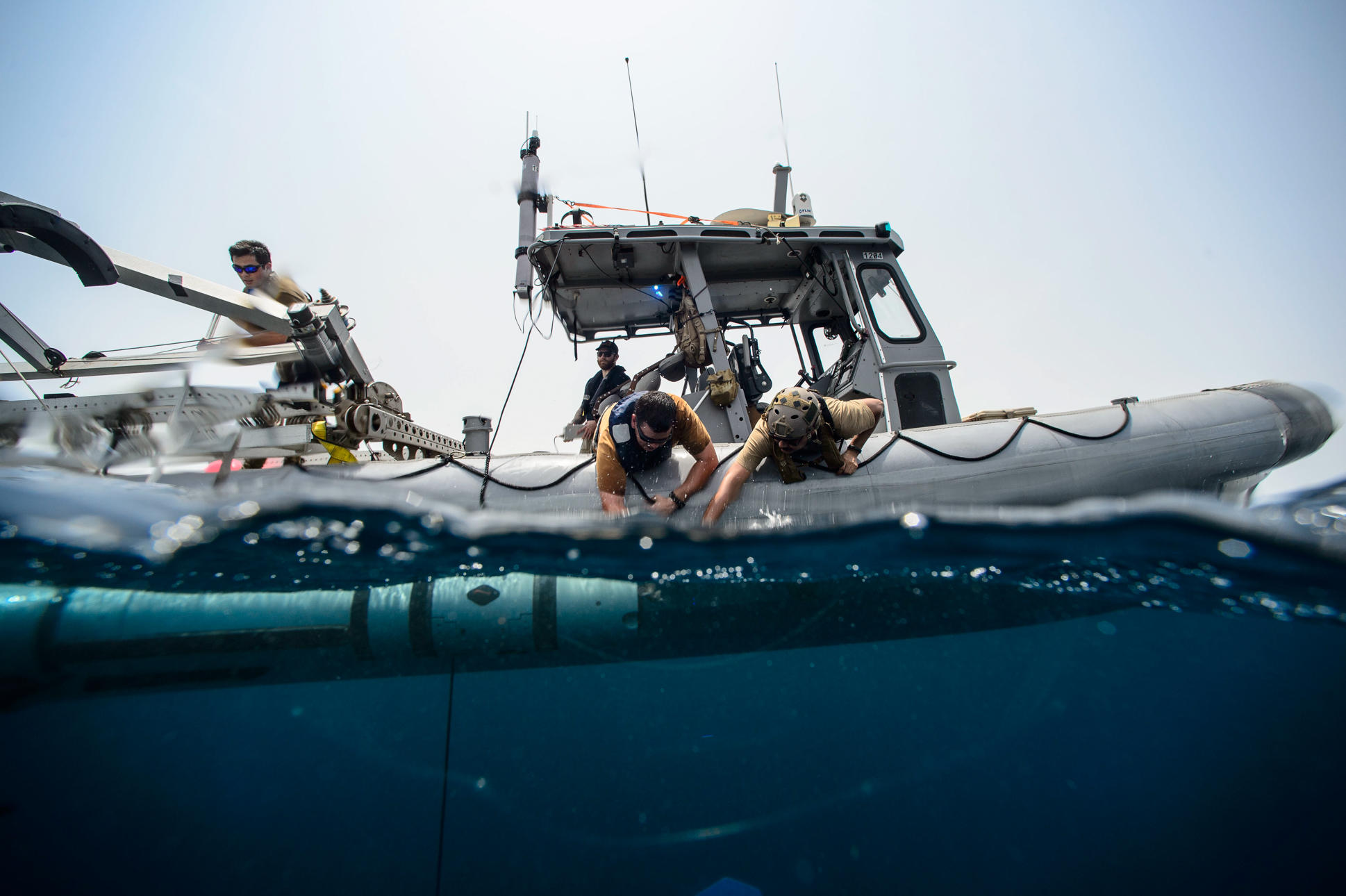Tactical Edge AI for JADC2 at the DSI AI for Defense Summit

Latent AI and Booz Allen are honored to bring you Part 2 of our highly successful Tactical Edge AI for JADC2 panel discussion at the recent DSI AI for Defense Summit in Washington, D.C. Our continuing conversation focuses on implementing and scaling edge AI/ML capabilities to deliver tangible battlefield advantages. We’re making Part 2 available on demand so you can view it directly from YouTube.
Key Challenges and Perspectives
This year’s discussion was led by Latent AI Strategic Advisor General (Ret.) James E. Cartwright. We were joined by Brandi Szczesny, U.S. Army PEO-IEW&S PM IS&A, Col. Matthew Strohmeyer, Advanced Command & Control Accelerator (AC2A) Experiments Director (GIDE), CDAO, Eric Syphard, Vice President of AI Engineering at Booz Allen Hamilton, and our own Dr. Sek Chai, Latent AI Co-Founder & CTO. Each panelist had a different perspective on the DoD’s role in activating AI as a battlefield capability.
General (Ret.) Cartwright set the stage early with a clear summary of the problems facing DoD. He called out three key challenges:
- How do we scale quickly to field AI capabilities and make them understandable for our two million-man fighting force in anything less than years?
- How do we connect the pieces across disciplines and military branches so that all of our fighting forces are enabled together and maintain a tactical advantage over the adversary?
- How do we make our solutions resilient and, in essence, future-proof them?
“If we had the opportunity to collect the data at the edge, have analysts at the edge, that would change the game,” said Cartwright.
Current Initiatives and Adoption
According to Szczesny, the Army is already experimenting and producing AI on autonomous ground vehicle systems and wearable gear to help manage warfighter health and welfare. “We’ve seen an explosion of [the number of] devices and AI that can be used for analytics to report on soldiers’ health and welfare. I think that’s a critical piece of data that we haven’t been able to harness before to give that commander the insights to his personnel and enable him to make key decisions right as the stress factors are happening,” she said. Szczesny is a contracts lead for Army Project Linchpin, which is a collaboration between Army Futures Command’s Artificial Intelligence Integration Center (AI2C), Army Research Labs (ARL), Development Command (DEVCOM), and Office of the Secretary of Defense (OSD) / Chief Data and Artificial Intelligence Office (CDAO) to enable rapid development, integration, and deployment of advanced analytics to PEO IEW&S sensor modernization efforts.
The panel agreed that adoption is one of the biggest challenges in putting new AI tools in the hands of the warfighter. According to Strohmeyer, the CDAO is taking a new experimentation-based approach to accelerate adoption.
“We found that when you put these capabilities, especially software, in the hands of the warfighter at the edge, and you then sit them down next to a software engineer from one of the many vendors we work with, that the feedback loop is immensely tight. It allows them to be able to look just to their left and say, ‘Oh—this is what’s working; this is what’s not working,’” Strohmeyer explained.
The Edge Continuum and Future of AI in Defense
To achieve these goals, the U.S. Government is building a robust public-private partnership to harness emerging technologies and implement them into programs to modernize the battlefield. Participating vendors tackle these problems from various angles.
“The edge is incredibly hard. It’s heterogeneous. Building AI on the cloud is a challenge to start. But when you strive to use AI in a battery-powered device, disconnected from the cloud, it is fundamentally different,” said Chai. “We keep saying edge and cloud. These are binary descriptions, but in fact, there’s a lot of continuum between them. From a scaling perspective, it is not just a binary cloud versus edge, but everywhere along the continuum where you can put AI, and you don’t have to choose.”
To leverage the edge continuum, the DoD needs to develop an architecture that employs dual-use platforms to enable new innovative solutions.
“Unlike a legacy siloed system, technologies must be integrated, “ explained Syphard. “You can see it as applications, data, models, pipelines, platforms, and infrastructure. Pipelines are the pieces of software that automate data and AI-intensive workloads and decision processes. In our work with the Government and the Department of Defense pipelines, we see opportunities for scalability and rapidly integrating dual-use technologies. It is where we see standards like Linchpin’s TORC being implemented.”
“The industry is moving very fast today from where it was a year ago. Our perspective at Latent AI is that the tools and the workflow need to provide consistency for development and from that you can have repeatability and resilience,” said Chai.
Latent AI has demonstrated this repeatability with our contribution to the Navy’s Project AMMO, where we demonstrated the ability to deploy and update automatic target recognition models 97% faster while remaining confident in their performance.
General (Ret.) Cartwright clearly stated the overall vision for AI in defense, “We have to work together to get our ROIs away from just model accuracy and put it much more on ‘Are we improving the speed [and quality] of decision?’”
Listen on demand for more discussion about how we’ll handle adversarial attacks and power our devices running AI. Also, check out Part 1 of Tactical Edge AI for JADC2 on demand.





